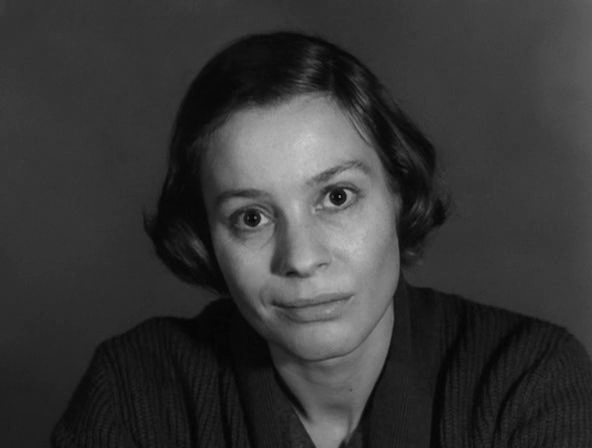Which direction is that, exactly?
I've spent 3.5 semesters in Emerson College's film production program. When I got here, the fear I harbored for true creative work was at its highest point. What if I'm not as good as everyone else? And like everyone else, I had a truly memorable first night: unbearable excitement, a full common room, and a few thousand new faces to help make me everything I've always wanted to be.
 |
| No. |
I've created a wide swath of independent projects, from photography to cinematography to slow-motion videos of rice cakes. I've produced a news show, lit a soundstage, and even started this blog. And that's not mentioning the social stuff. Though I might not be a #emceleb, I've managed to enjoy myself, meet people, and become a part of the Emerson College community.
In other words, I'm nowhere near where I want to be.
Wait a minute. What happened to the cinematography, the socialization...the rice cakes?
 |
| Exceptional filmmaking. |
I'm not the best.
Don't fret, potential employers. I still shoot great videos. I still understand social media. And I've still got a writing and theory background that could make David Bordwell do a double-take. Despite that, though, I'm not even close to what I want to do.
I should have the biggest Kickstarters, the most freelance gigs, the Vimeo Staff Picks.
Or at least that's what I've been telling myself. For a long time, my sense of purpose has been tied to the content I create. My work is my meaning, my raison d'etre, the propulsion by which my world keeps turning. And recently, my self-consciousness has reached a forte: My work is good. But if it isn't top-notch, what's wrong with me?
 |
| I'm never sure which Kevin to believe. |
The short answer is: nothing. The endeavors of my heroes - *coughPhilipBloomcough* - are far enough in the future that I can coast along learning new cameras, new production formats, and new types of alcohol. I still have time for experimentation and improvement. And I still have time to accomplish as much as I can.
Somehow, though, this hasn't made me feel better. So what has? Well:
No matter how much I want this, it can't be the only thing that keeps me going.
I have to be okay waking up thirty years from now, looking back, and realizing that enjoying my life is what made it worth the struggle. Some of my peers refuse to acknowledge that they might not be the next Wally Pfister, Kevin Spacey, or Ira Glass. I can't. If I do, I'll be too tortured by my dreams to achieve them. I won't enjoy them at all.
Why does this matter to you?
Maybe it doesn't. However, I've spent enough time around people with big dreams to know that I'm not the only one like this. Next time you're overwhelmed because your last photograph/short film/blog post wasn't creative/effective/popular, recognize that it's okay to feel doubt. Sometimes you can muscle through it. But sometimes you have to remind yourself that you'll be okay even if you don't.
It's not giving up. We're all running for our dreams, and as far as I'm considered, nothing can stop me. But sometimes we need room to breathe.




